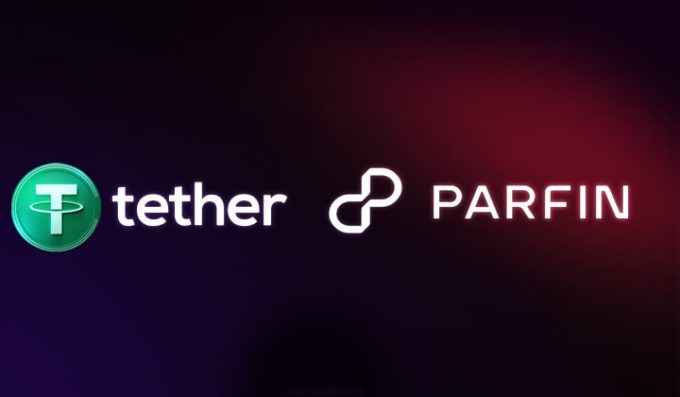Ankr Introduces Sei Blockchain
By Laxmikant Khanvilkar
Decentralized blockchain infrastructure provider – Ankr, plans to augment its Remote Procedure Calls (RPC) service by integrating with the Sei blockchain.
The aim is to facilitate developers keen on leveraging the Sei platform for the creation of swift and scalable decentralized applications (dApps).
The integration will enable users to access both Sei Public and Premium RPCs, allowing them to make request calls and receive responses akin to those from a Sei full node.
Sei blockchain boasts minimal transaction fees and a throughput rate of 20,000 ops (orders per second). It intends to lead as the swiftest layer-1 blockchain, a feat achieved through its “Twin-Turbo” consensus mechanism.
If you are wondering about what role Ankr’s Sei RPC will play, ….let me tell you…. it will serve as a bridge connecting wallets, user interfaces and dApps to the Sei blockchain.
Basically, RPCs function as intermediaries, transmitting on-chain data between Sei nodes, dApps, and end-users. This facilitates essential operations such as transaction execution, wallet balance retrieval, and ownership data extraction.
Sei RPC endpoints provide developers with a direct channel to the Sei network, eliminating the need to navigate the intricacies of setting up Sei nodes on their own.
Ankr’s offering includes a geo-distributed Sei RPC, underpinned by blockchain nodes operating globally, ensuring minimal latency and dependable connections.
It is essential to know that opting for Sei as a foundation for dApps necessitates access to Sei node data.
Ankr’s RPC addresses Sei node data requirement by: Simplifying Node Operations, Providing Access to Advanced Tools, Empowering Applications and Strengthening the Sei Network.
It is likely, Ankr’s RPC service will feature Sei as a supported option, allowing users to interact with the Sei chain using standard EVM JSON RPC methods – which enables messages to be sent over networks and APIs, making communication between applications more efficient and easier to implement.
You need to login in order to Like













